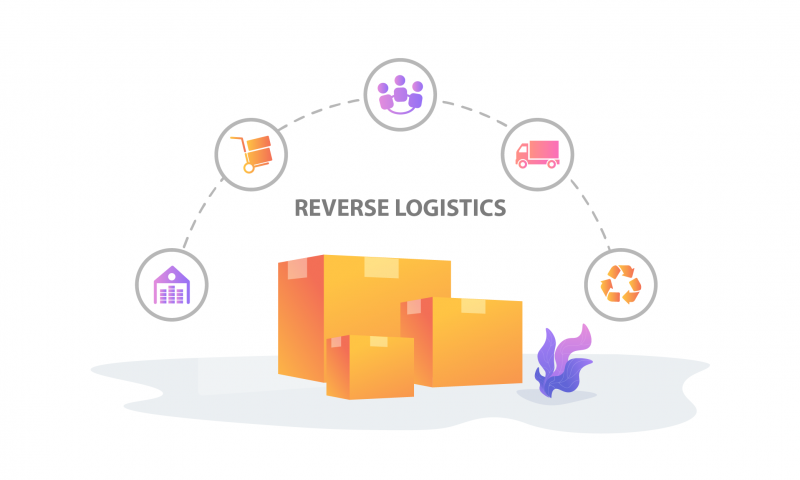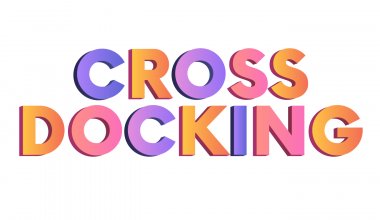In simple words, Reverse logistics refers to monitoring the life cycle of your products after they arrive at the end consumer. It forms a part of your overall shipping strategy and shows just crucial it is when the holiday season starts.
To put it in numbers, by 2028, the reverse logistics market size is expected to exceed 958 billion U.S. dollars. That’s right.
Contrary to what most people think, Reverse logistics is not just returns. It is much broader.
Reverse logistics include recycling, reclamation of raw materials, refurbishment, and reselling of items that have been restocked.
An efficient reverse logistics helps eCommerce businesses to do many things. Some of these include:
- Improve customer experience
- Create a source of additional revenue
- Reduce operational costs
- Enhance Brand Reputation
By carefully monitoring
- the volume of returns
- the condition of the returned product
- the financial value of the reverse logistics to the company
You can manage your reverse logistics more effectively. Sounds like a new thing to try and get better at? It is. Reverse Logistics is often underappreciated but if carefully strategised, it can reap great benefits.
Here’s a small video to further explore the topic
- Why January Is Prime Time for Carrier Contract Reviews? - January 6, 2026
- Zone Skipping 101: How Toronto Brands Ship Cheaper to Vancouver - December 31, 2025
- Why Winter Shipping Is a Big Deal for D2C Cosmetics Brands? - December 18, 2025


